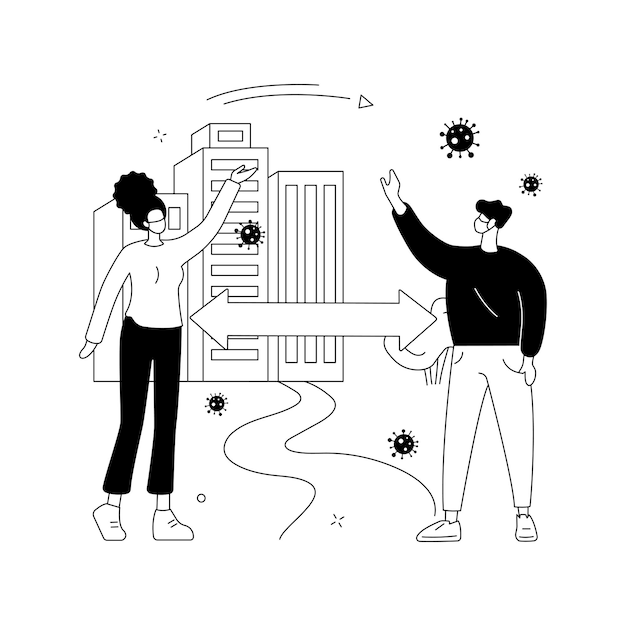Analog Devices’ Vision for the Future After Acquiring Linear Technology

Interview with Stefan Steyerl from Analog Devices: Insights on the Linear Technology Acquisition and Automotive Advances
It’s been over a year since Analog Devices acquired Linear Technology, and now, instead of maintaining separate booths at industry events like before, they’re showcasing a unified presence.
“We are now one company,” said Stefan Steyerl, director of sales for mobility and transportation. “We acquired Linear to blend our strengths in both the analog and digital realms, and to fortify our power management offerings, where Linear was a market leader.”
Steyerl noted that both companies were doing well financially and shared a wide customer base. The integration has gone smoothly, and the team now feels like a single entity. Consequently, the brand name “Linear Technology” will be phased out, replaced by the theme “Power by Linear.”
In the automotive sector, the merger has been particularly beneficial. “Analog Devices has a long history in automotive,” said Steyerl. The company has worked on MEMS sensors for safety, audio products for infotainment, and developed the A2B automotive audio bus in partnership with Mentor to streamline wiring in cars, reducing weight and cost by daisy-chaining microphones and speakers.
With the rise of connected and autonomous vehicles, the electronics inside cars are expected to increase significantly. Steyerl highlighted that for higher-level autonomous systems, cars need advanced health monitors and sensors to keep track of the driver’s condition.
Externally, more sensors are also necessary. “Analog Devices has radar capabilities and has added lidar technology through the acquisition of Vescent,” he said. Vescent’s liquid crystal lidar technology allows for beam steering without moving parts, potentially lowering costs. Additionally, Analog Devices has the sensor technology required to process the returning beam signals.
Linear Technology also contributes a strong battery management technology roadmap to Analog Devices. Overall, the semiconductor content in vehicles is rising, with costs escalating from $250 to $600 or more per car.
Despite these advancements and acquisitions, Steyerl emphasized that Analog Devices does not intend to transition from a tier-two supplier to a tier-one automotive supplier. “We’ve set up a dedicated team to work closely with OEMs, assisting them with system implementation and trying to influence their projects,” he said. As car manufacturers gain more control, tier-one suppliers might feel pressured.
Steyerl acknowledged that developing autonomous systems requires a robust ecosystem and partnerships. He also noted a shift, with tier-one suppliers gaining more technology capabilities, potentially leading them to manufacture vehicles themselves. “It’s an exciting time for companies like ours, regardless of how the market evolves,” he concluded.